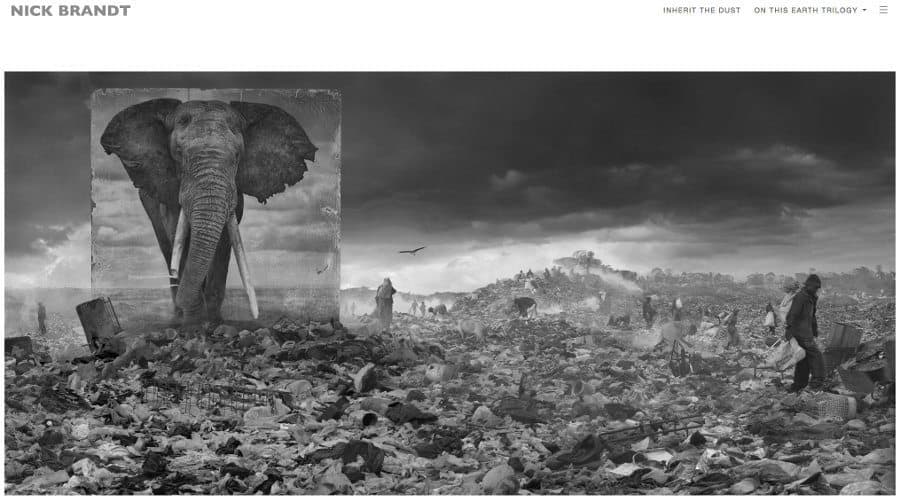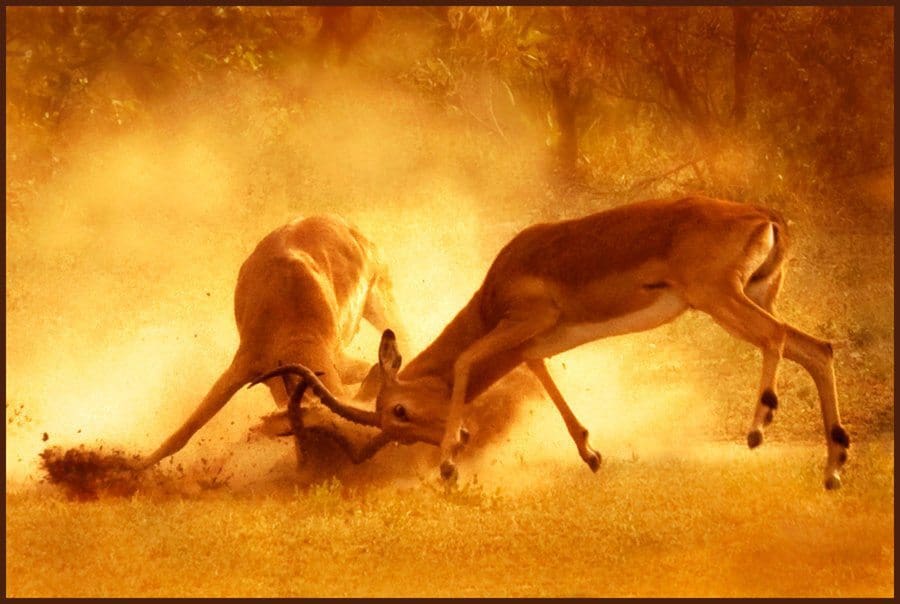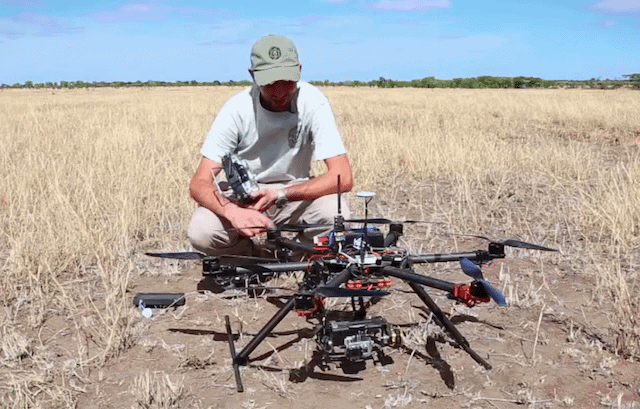Wildlife photography is widely regarded as one of the more challenging forms of the craft. Apart from sound technical skills to help you deal with challenging lighting conditions you also need a great deal of patience and luck.
The reality is that you will not always get the shot you want. Sorry, but you won’t. That’s just the way nature works. You can spend a week out in the wild places of Africa and not come across a single subject that we see gracing the pages of coffee table books these days.
You can sit with a pride of lions for an entire day and end up with nothing but a few images of lions sleeping and, if you are lucky, a couple of lazy yawns.
Now if you are lucky enough to go on safari and bump into one National Geographic scene after another, by all means, keep on firing away but if you find yourself starting to get frustrated due to a lack of outdoor action you need to start thinking of ways in which you can make images rather than take them.

As with most other genres, in wildlife photography there are many different ways in which you can approach a scene or subject to create striking images.
The options are endless however there is one approach, which does not get used all that often in wildlife photography, which can add a whole new dimension to your wildlife and nature images.
Shoot Africa in black and white.
Our eyes are drawn to colour which in turn and when used correctly has the potential to evoke powerful moods and emotions.
In nature there is no denying the colourful brilliance of a lilac-breasted roller in flight or the golden afternoon sun playing around on a lion’s mane. However, when you desaturate an image such as this your visual story changes.
When you remove colour from a scene you remove the reality, however you end up with an image that is more real. There are no colours to distract your eye from the real story underneath and you have to rely on your subject to stand on its own.

The ideal, when creating black and white wildlife images, is to have as close to pure white and pure black in the same image without losing the mid-tones in between. We are visually drawn to this contrast but it is sometimes difficult to photograph.
The reason for this is that your eyes are capable of taking in a great deal more information than even the fanciest cameras and this can translate to disappointing results. If only there was a way in which we could see what the camera sees it would make assessing a scene so much easier. Aah, but there is!
People might think you are quite strange when you do this but it works. When you are next looking at a scene to decide whether or not it will look good as a black and white image, close one eye and squint with the other.
By doing this you are reducing the tonal range of what you are seeing and removing a lot of the mid tones from the scene.
If, while you are squinting, you can still see the details in the mid tones the scene or subject will work as a black and white and your camera should be able to capture the entire range of tones, from white to black and everything in between.
This squint technique will also help you to see lines and shapes rather than colour which will assist you when composing your images.

By adding black and white photography to your range of visual skills you will not only make sure that you always have something to photograph when you are out in the wild, but you will also start looking at all your subjects differently.
You will think about your images more and this will only lead to you becoming a better photographer in general.
Next time you head out to a game reserve with your camera at the ready, try something different. Try looking past the colour. Try shooting Africa in black and white!


